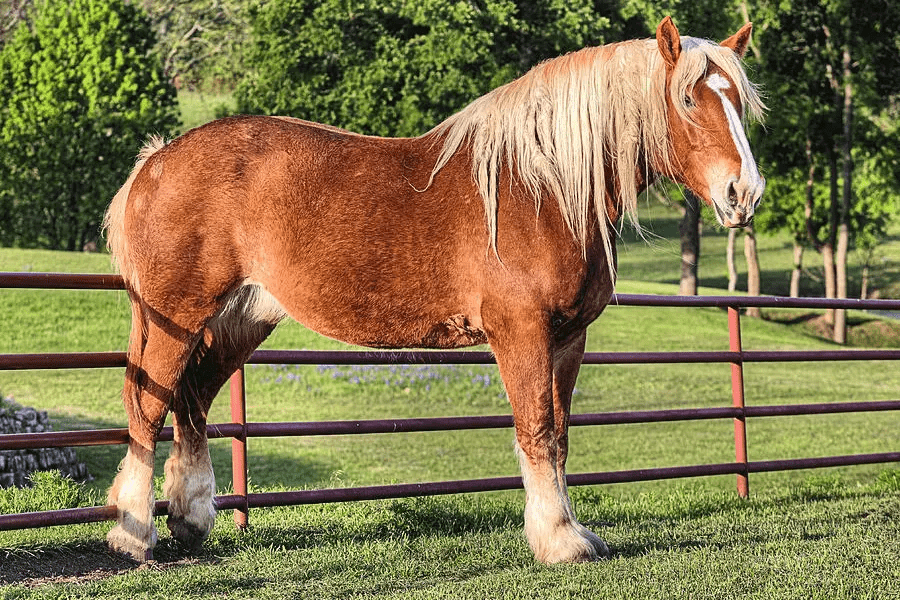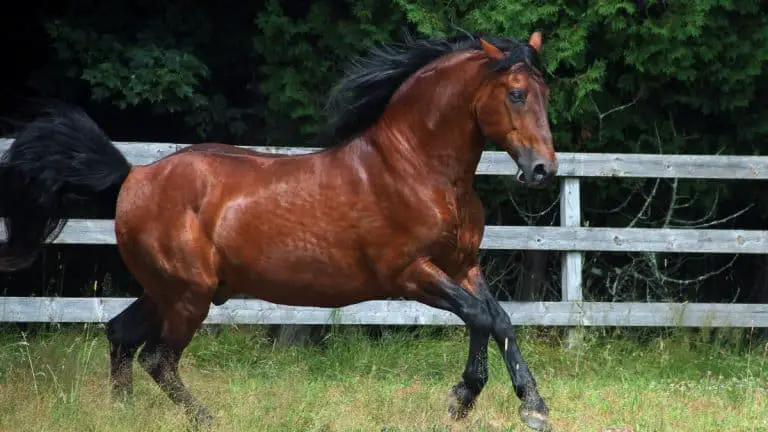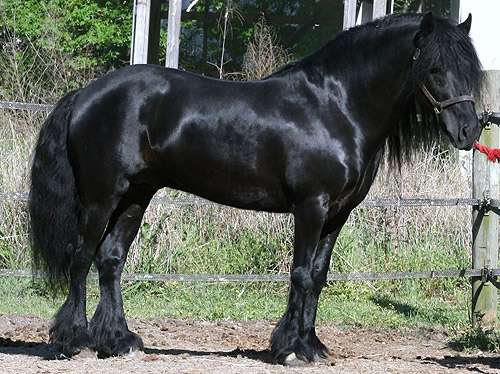
Size
Although some stallions can reach as much as 2,400 pounds, the typical weight of a Belgian draught horse is between 1,800 and 2,000 pounds. The majority of people in Belgium are taller than 16 hands (64 inches) and frequently over 18 hands (72 inches).
Physical Attributes
The Belgian is highly muscled, like many draught horses, and has strong hindquarters, a short, wide back, a robust chest, and a high neck that is thicker in stallions. The head has a straight shape, a kind eye, and is relatively small for the body.
Colors
Belgian draught horses are most frequently seen in bay, though they can also be found in other colors like black, chestnut, and strawberry, blue, and roan.

History and Origin
As its name suggests, the Belgian Draught breed was developed in the European nation of Belgium. History demonstrates that Belgians are the most lineal ancestors of the “Great Horse” of the Middle Ages, which was probably bred to pull knights into war.
Temperament
Despite their size, the majority of Belgian Draughts have pleasant dispositions that make them manageable. Their power, meanwhile, might not be appropriate for novice riders riding alone.
Additionally, these horses have a willing work ethic, and many Belgian Draught owners value the breed’s loyalty and bravery.
Care
Belgian Draft Horses require good basic care, which includes a veterinary wellness program with routine vaccines, deworming, and dental checkups. For comfort and safety, draughts frequently require larger stalls and turnouts than typical horses.
Owners of Belgian horses should take additional care while brushing the feathery patches on their lower limbs. The risk of pastern dermatitis can be raised by the accumulation of dirt and bacteria by these long hairs.
Nutrition
The adult body weight of horse is used to calculate its nutritional needs. Therefore, bigger breeds require more forage and more commercial feed and supplement serving sizes than typical horses.
By developing a feeding plan that is specific to your horse’s requirements with the help of an equine nutritionist, you can be sure that you are giving your Belgian a balanced meal.
Table





